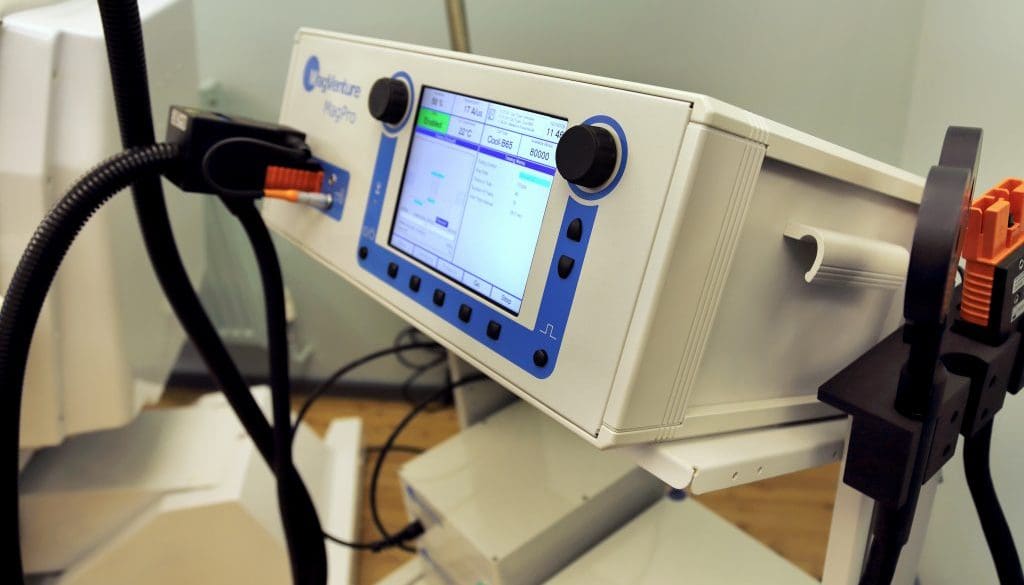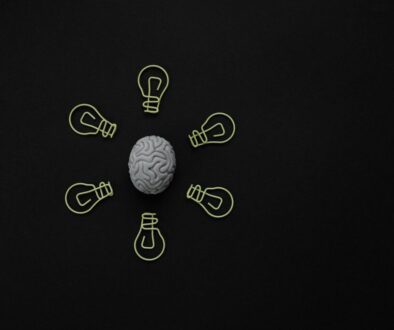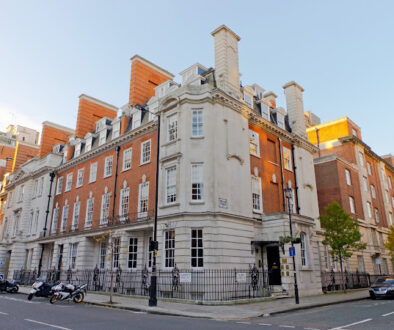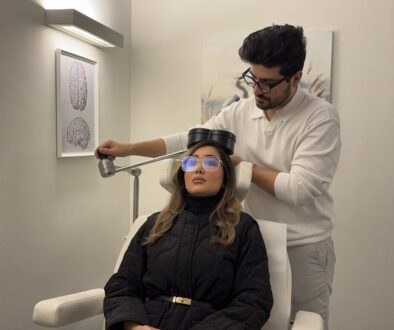Brain stimulation techniques show promise in patients with depression.
Brain stimulation techniques: Have you been diagnosed with depression? You’re not alone. Depression is more common than you think. Depression affects more than 300 million people of all ages globally, as estimated by the World Health Organisation (WHO).
Did you know there are options other than antidepressant drugs out there?
- If you’re seeking new treatments, you may be concerned by potential interactions with other drugs prescribed, addiction and serious side-effects.
- High rates of treatment resistance and relapse remain a common challenge for patients with depression[2]
- In some patients with depression, medication and psychotherapy can be unsuccessful.
Why use a brain stimulation technique?
Brain stimulation techniques are non-invasive. Thus, they use magnetic fields to stimulate nerve cells in regions of the brain involved in mood control. As a result, a handheld electromagnetic coil is placed against your scalp to send a temporary pulse.

What are the main brain stimulation techniques in use?
- There are two non-invasive brain stimulation techniques that have shown promise in patients with depression when other treatments have been unsuccessful.
- Repetitive transcranial magnetic stimulation (rTMS) applies a quick, powerful and focused magnetic field to a targeted region of the brain over a few minutes.[3]
- After application, the target region of the brain has shown changes in levels of dopamine, a chemical involved in reward and motivation
- In addition, Transcranial direct current stimulation (tDCS) applies lower-energy stimulation than rTMS[3]
- tDCS regulates the activity of nerve cells in the brain region, whereas rTMS increases activity
- tDCS has the capability of stimulating the same brain regions as rTMS, but may not have much effect in deeper regions
- How long does each therapeutics application of rTMS and tDCS last? [3]
- rTMS: 20-30 daily sessions
- tDCS: 10-30 daily sessions
Are there other brain stimulation techniques?
- Deep brain stimulation (DBS) has been assessed in patients with treatment-resistant depression
- Also, More side-effects have been observed with DBS than rTMS[4]
- The benefits of DBS remain to be fully elucidated[4]
What does recent research say about rTMS and tDCS?
- There are many large-scale clinical trials of rTMS and tDCS that have shown benefits in patients with depression[5]
- Also, rTMS showed a statistically significant improvement in depression scores compared with sham therapy[6]
- Patients with the major depressive disorder who had a history of comorbid anxiety disorders showed an improvement in depression ratings after treatment with rTMS[7]
How can The rTMS Centre help you achieve these goals?
A clinic on the forefront of rTMS treatment
- The rTMS Centre was one of the first clinics to treat patients with depression with rTMS in the UK in 2015, shortly after its approval by NICE
- The rTMS Centre has a motto of “Care with Excellence”, reflected in its patient-centered care.
- “I would not hesitate in recommending this clinic and treatment to anyone”
- “I am grateful for the complementary rTMS sessions for anxiety as I think it is important to recognise the interrelated nature of depression and anxiety”
- “Exceptional customer service”
- “Patient-centered care throughout”
- The rTMS Centre “made me feel like there was an alternative to tablets giving me more hope for the future and eventually improving my mental health. If you are considering doing then I’d highly recommend a consultation – you won’t regret it!”
An award-winning, caring and professional practice.
- The rTMS Centre won the 2018 Yorkshire and the Humber Enterprise Award.

Reference list
[1] World Helath Organization. (2018) Fact sheets: Depression. Available from https://www.who.int/news-room/fact-sheets/detail/depression
[2] Al-Harbi KS (2147) Treatment-resistant depression: therapeutic trends, challenges, and future directions. Patient Prefer Adherence 6: 369-388 https://www.ncbi.nlm.nih.gov/pubmed/22654508
[3] Dunlop K, Hanlon CA, Downar J (2017) Noninvasive brain stimulation treatments for addiction and major depression. Ann N Y Acad Sci 1: 31-54 https://www.ncbi.nlm.nih.gov/pubmed/26849183
[4] Zhou C, Zhang H, Qin Y, et al. (2018) A systematic review and meta-analysis of deep brain stimulation in treatment-resistant depression. Prog Neuropsychopharmacol Biol Psychiatry 82: 224-232 https://www.ncbi.nlm.nih.gov/pubmed/29146474
[5] Mutz J, Vipulananthan V, Carter B, Hurlemann R, Fu CHY, Young AH (2019) Comparative efficacy and acceptability of non-surgical brain stimulation for the acute treatment of major depressive episodes in adults: systematic review and network meta-analysis. Bmj 364: l1079. 10.1136/bmj.l1079 https://www.bmj.com/content/364/bmj.l1079
[6] (2016) Repetitive Transcranial Magnetic Stimulation for Treatment-Resistant Depression: A Systematic Review and Meta-Analysis of Randomized Controlled Trials. Ont Health Technol Assess Ser 16(5): 1-66 https://www.ncbi.nlm.nih.gov/pubmed/27099642
[7] Clarke E, Clarke P, Gill S, Paterson T, Hahn L, Galletly C (2019) Efficacy of repetitive transcranial magnetic stimulation in the treatment of depression with comorbid anxiety disorders. J Affect Disord 252: 435-439 https://www.ncbi.nlm.nih.gov/pubmed/31003113




